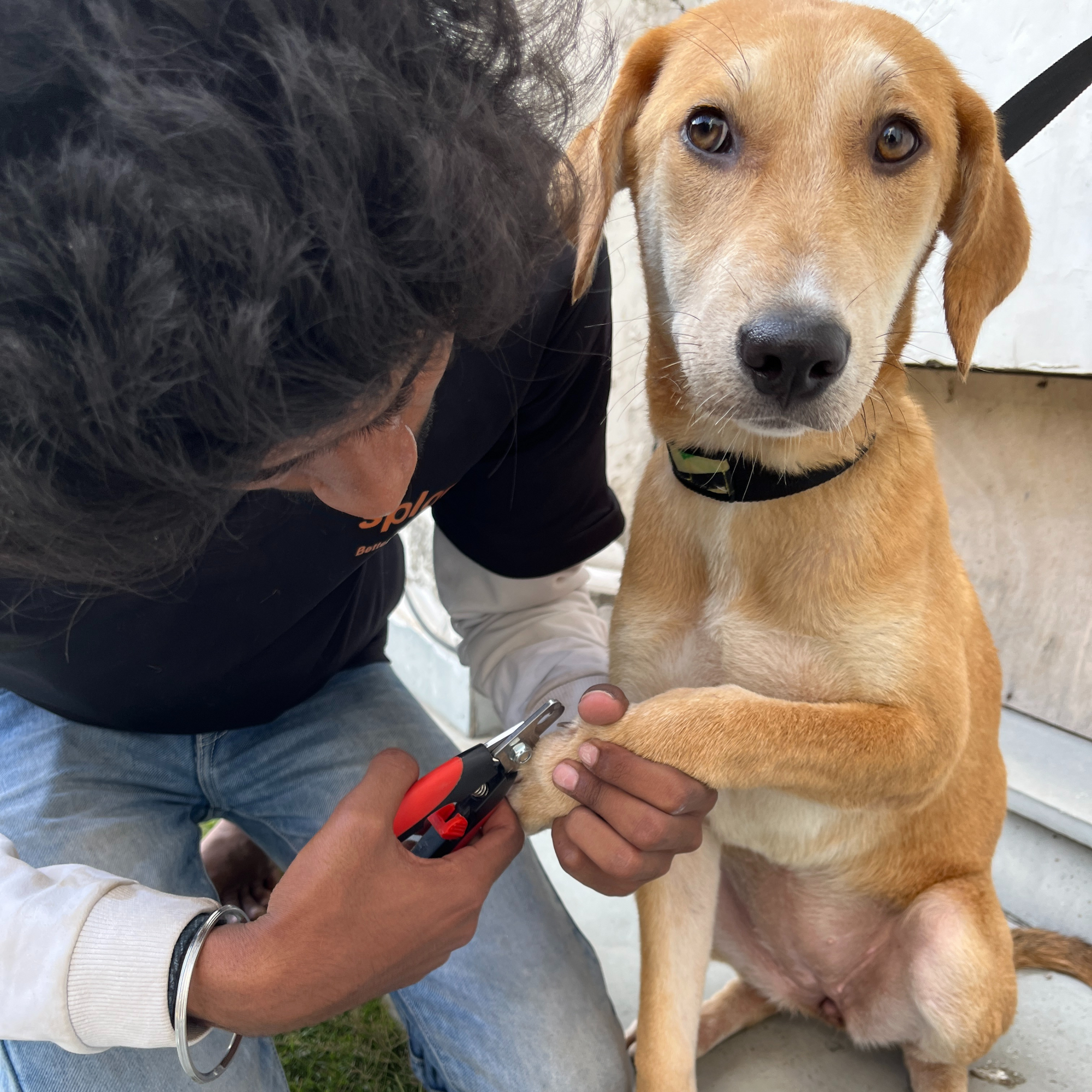Grooming for Breed-Specific Dogs: What You Need to Know

Different dog breeds come with unique coat types, grooming requirements, and specific considerations. To ensure your breed-specific dog looks and feels their best, it's essential to understand their grooming needs. In this article, we'll explore grooming tips for some common breed-specific dogs and what you need to know to keep them well-groomed.
- Poodle Breeds (Standard, Miniature, Toy)
Coat Type: Curly and dense coat that doesn't shed.
Grooming Tips:
- Regular brushing is essential to prevent matting and tangles.
- Poodles require professional grooming every 4-6 weeks to maintain their distinctive cuts, such as the Continental or Puppy Clip.
- Clean their ears regularly to prevent infections.
- Shih Tzu
Coat Type: Long, flowing double coat.
Grooming Tips:
- Daily brushing is necessary to prevent matting.
- Regular professional grooming is essential to maintain their luxurious coat.
- Pay attention to the eyes and clean any tear stains regularly.
- Golden Retriever
Coat Type: Dense double coat with a water-repellent outer layer.
Grooming Tips:
- Frequent brushing helps control shedding, especially during seasonal changes.
- Golden Retrievers have a natural, low-maintenance coat, but regular grooming and bathing can keep them looking and smelling fresh.
- Pay attention to their ears to prevent infections.
- Yorkshire Terrier
Coat Type: Long, silky coat that requires special care.
Grooming Tips:
- Daily brushing is essential to prevent mats and tangles.
- Regular professional grooming is necessary for Yorkies to maintain their coat's health.
- Pay attention to dental care, as small breeds like Yorkies are prone to dental issues.
- Labrador Retriever
Coat Type: Short, dense, and water-resistant double coat.
Grooming Tips:
- Regular brushing helps control shedding and keeps the coat in good condition.
- Labs have relatively low grooming needs, but they may require more attention during shedding seasons.
- Be sure to clean their ears and trim their nails as needed.
- Dachshund
Coat Type: Short and smooth or long and wiry.
Grooming Tips:
- Brushing frequency depends on the coat type. Smooth-coated Dachshunds require less grooming than longhaired or wirehaired ones.
- Keep the ears clean, especially for longhaired Dachshunds.
- Regularly check for any signs of skin issues, as they are prone to certain skin conditions.
- Bichon Frise
Coat Type: Soft and curly, with minimal shedding.
Grooming Tips:
- Regular brushing and professional grooming are essential to maintain their distinctive coat.
- Bichons often have a stylish "puppy cut" that requires maintenance.
- Pay attention to dental care and clean their ears regularly.
- Border Collie
Coat Type: Medium to long double coat.
Grooming Tips:
- Regular brushing helps reduce shedding, especially during seasonal changes.
- Border Collies have a relatively low-maintenance coat, but extra care may be needed during shedding periods.
- Keep an eye on their ears for any signs of infections.
Remember that while breed-specific grooming tips can provide general guidelines, each dog is unique. Consider your dog's individual coat type, activity level, and specific needs when determining their grooming routine. Regular grooming not only keeps your dog looking their best but also contributes to their overall health and well-being. If you're uncertain about how to groom your specific breed, consult with a professional groomer or your veterinarian for personalized guidance.
If you would like to read more such blogs, download the sploot app here - the one stop shop for all things pet parenting.

